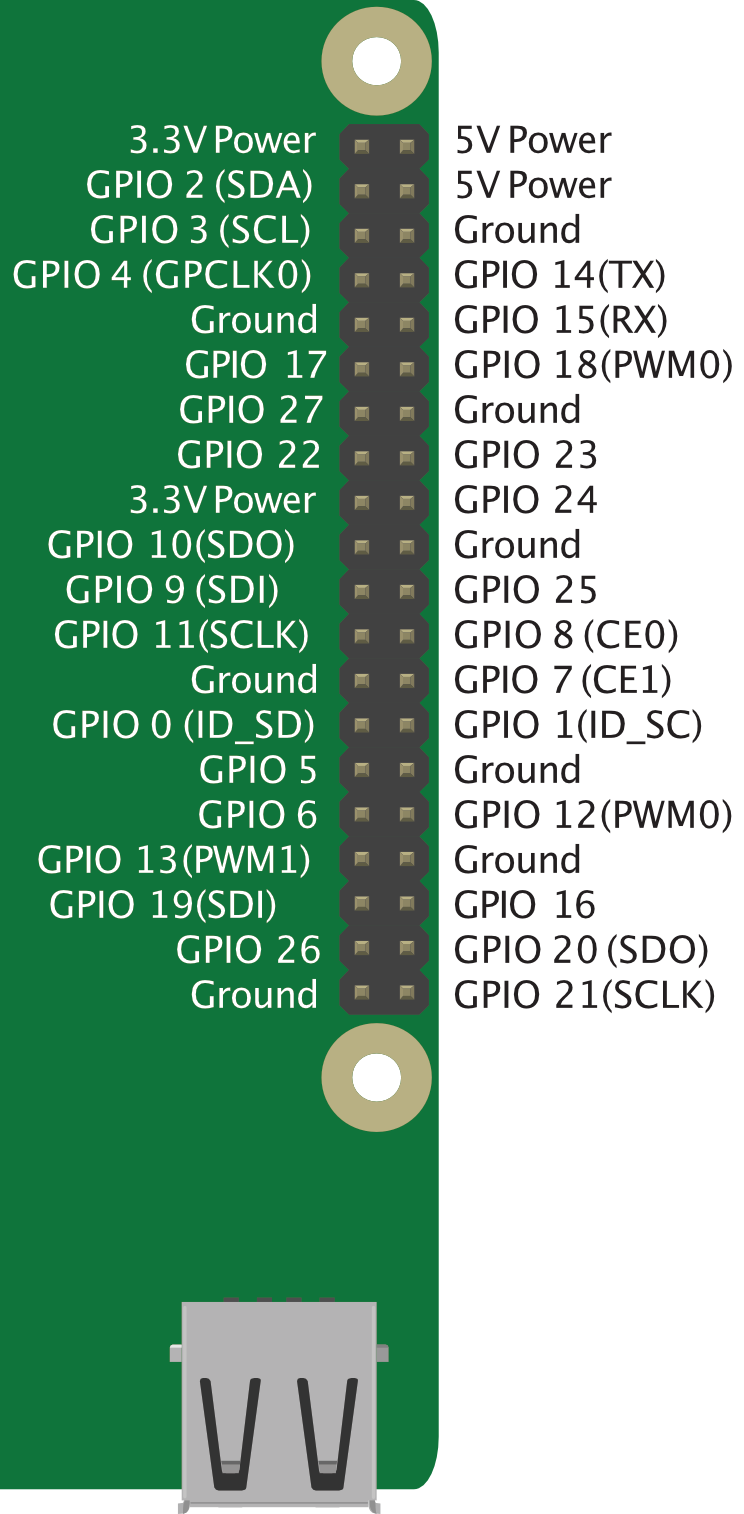PiRecipes
A collection of ways to do things on a Raspberry Pi
Pi Recipes
This is a collection of things to do on a Raspberry Pi. It’s cobbled together from various projects that I’ve written for different classes. I decided it would be best to collect them all in one place. Many of these are bare introductions with links to the tutorials I learned from, because there are many good ones (and as many bad ones) already on the web.
Hardware Configuration
I tend to use the Pi Zero W as my primary board, and I operate it as a standalone device, with no screen or keyboard. To access it initially, I use either a serial connection or a USB connection. My default OS distribution is Raspbian Lite. I generally use a 16GB or 32GB SD card. Unless noted otherwise, the examples here are all built on that configuration. The Pi 3 Model B+ is my go-to for when I need 5GHz WiFi or more processing power.
The Raspberry Pi Documentation Pages
Before you run off to search for a term + raspberry pi on Google, check out the Raspberry Pi foundation’s documentation pages. They’re succinct, clear, and helpful. In particular, their Introduction to Linux section is as good as intro as any out there.
Setting Up A Raspberry Pi Securely
The first thing you should do for any Pi-based project is to configure a secure system. By switching from the default settings (such as username pi) and setting up a firewall, you can reduce the risl that your device will be compromised by external attacks. You can find a detailed tutorial on configuring a Pi reasonably securely on the ITP Networks site. There’s also a longer intro to firewalls on that site.
Recipes
- Backing Up a Pi Disk
- Cron Jobs
- Using VNC for Windowed applications through the command line
- Time Lapse Photography
Physical I/O Recipes
- Digital Input and Output using the GPIO pins
- GPIO Components includes examples for a rotary encoder, a pushbutton, and an LED using GPIO pins.
- Connecting an analog-to-digital converter for analog sensor input
- Connecting an SSD1306 OLED Display via I2C
- Connecting a DHTxx Temperature and Humidity Sensor
For the physical I/O recipes, the Pi Pinouts shown in Figure 1 are useful.

Figure 1. Pi pinouts